
News & Tips
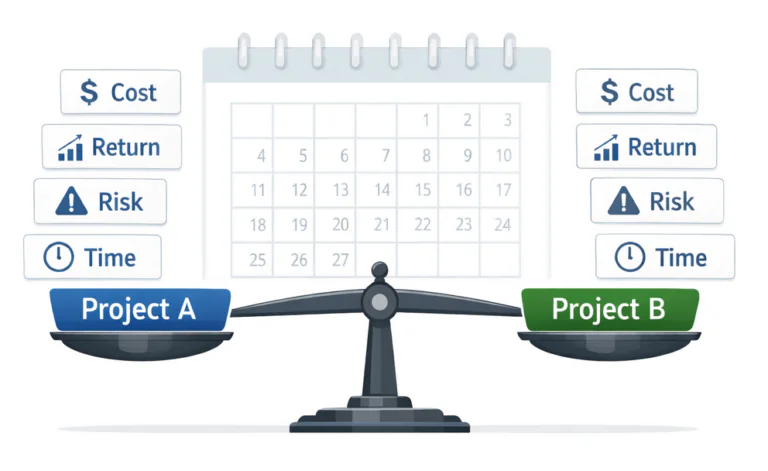
Building A Decision Model In Excel
We all know that Excel is an amazing tool to organise, calculate, analyse and visualise data. Experiences users know you can combine all these features to help make decisions! It can help you compare between different options, test assumptions you…
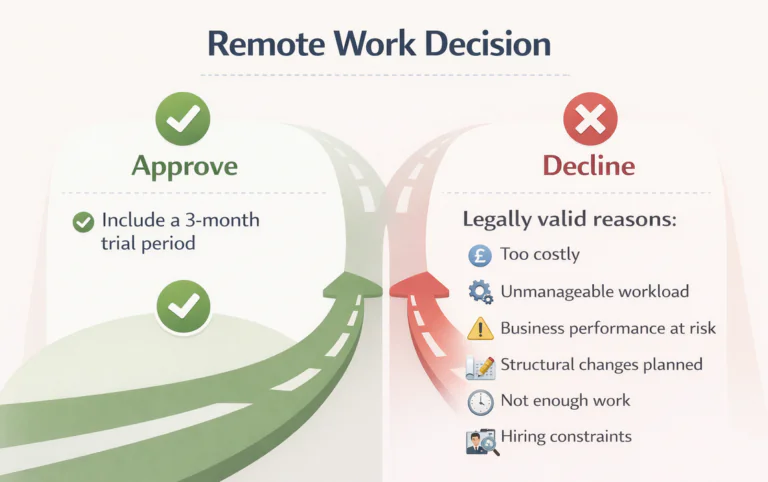
How to Handle Remote Working Requests (or Flexi Time)
Managing any team is usually challenging. Your role is to bring the best out of every team member, allowing them to be productive and happy. Doing that for multiple people is difficult. The larger the team, the harder it gets.…
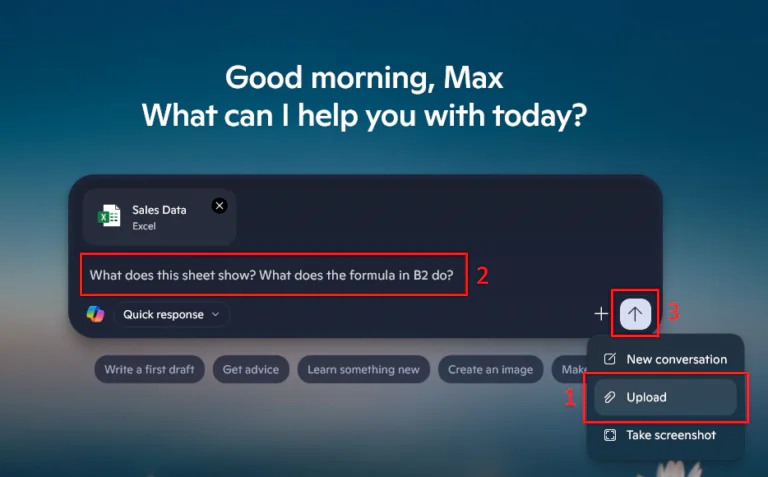
What Copilot Is And Isn’t For – For All Users
If you’ve seen Copilot but not sure what it is, or what to use it for – you aren’t alone! Copilot is now appearing on every Microsoft app, like Excel, Outlook, Word and Teams. Copilot is essentially a Microsoft specific…
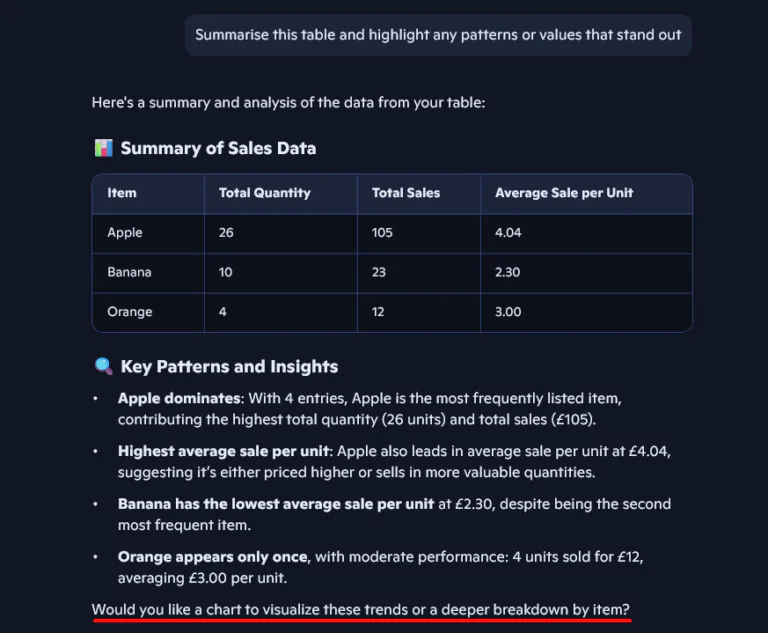
Copilot For Excel – Starter Guide
Microsoft Copilot is starting to become common with Excel users, everyone is talking about how much time you can save using it! But if you’re already a confident Excel user, is it really that useful? The short answer is: Copilot…

How To Use Copilot In Microsoft Outlook
Emails can cause a lot of stress and pressure. Your inbox is often full of disorganised messages, long threads, and digging through it all can be very time-consuming. Luckily for us, these days we have Microsoft Copilot to help! It’s…
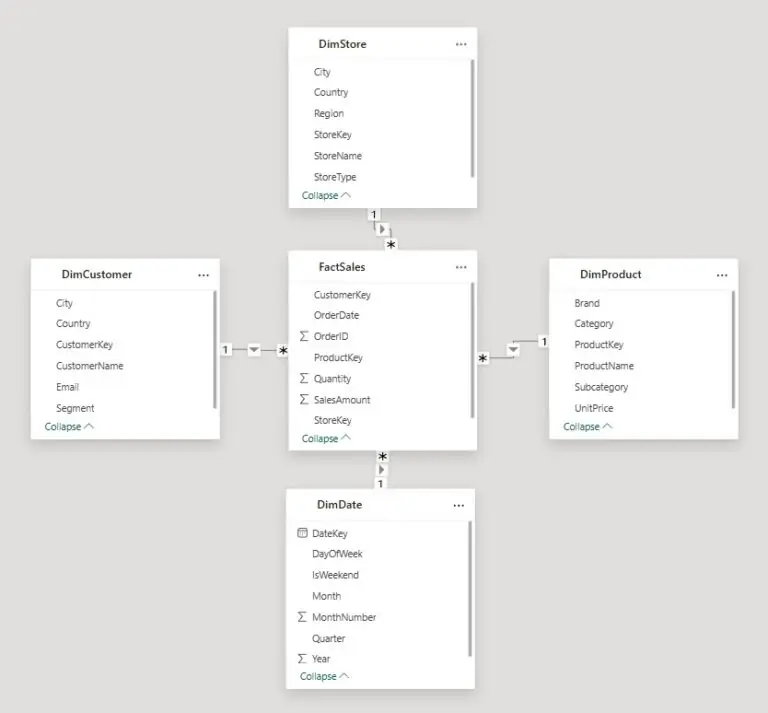
Star Schema vs Snowflake Schema in Power BI: Which Should You Use?
When you start building Power BI reports, it’s tempting to jump straight into visuals. But very quickly, you realise that slow refreshes, confusing relationships, and unpredictable DAX usually point to one thing: the data model. Good modelling is the foundation…

The Best Ways To Learn Power BI
Power BI is one of the most powerful tools for transforming raw data into interactive, insightful dashboards and reports. As more businesses seek data-driven decision-making, mastering Power BI has become an essential skill for analysts, business intelligence professionals, and even…
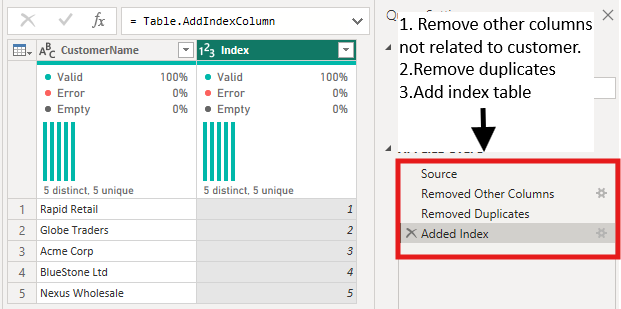
The 10 Star Schema Mistakes Everyone Makes
Ever had problems with your DAX that just don’t make sense? Sometimes the culprit isn’t actually your DAX, it’s your data model. Star schema mistakes are incredibly common in Power BI, and really hard to track down. When your data model…

Excel Training for Beginners – Where to Start
Learning Excel can feel intimidating at first: endless rows, formulas, ribbons, and features everywhere. But here’s the good news: anyone can master Excel with the right structure and teaching. Whether you’re completely new to spreadsheets or just looking to get…
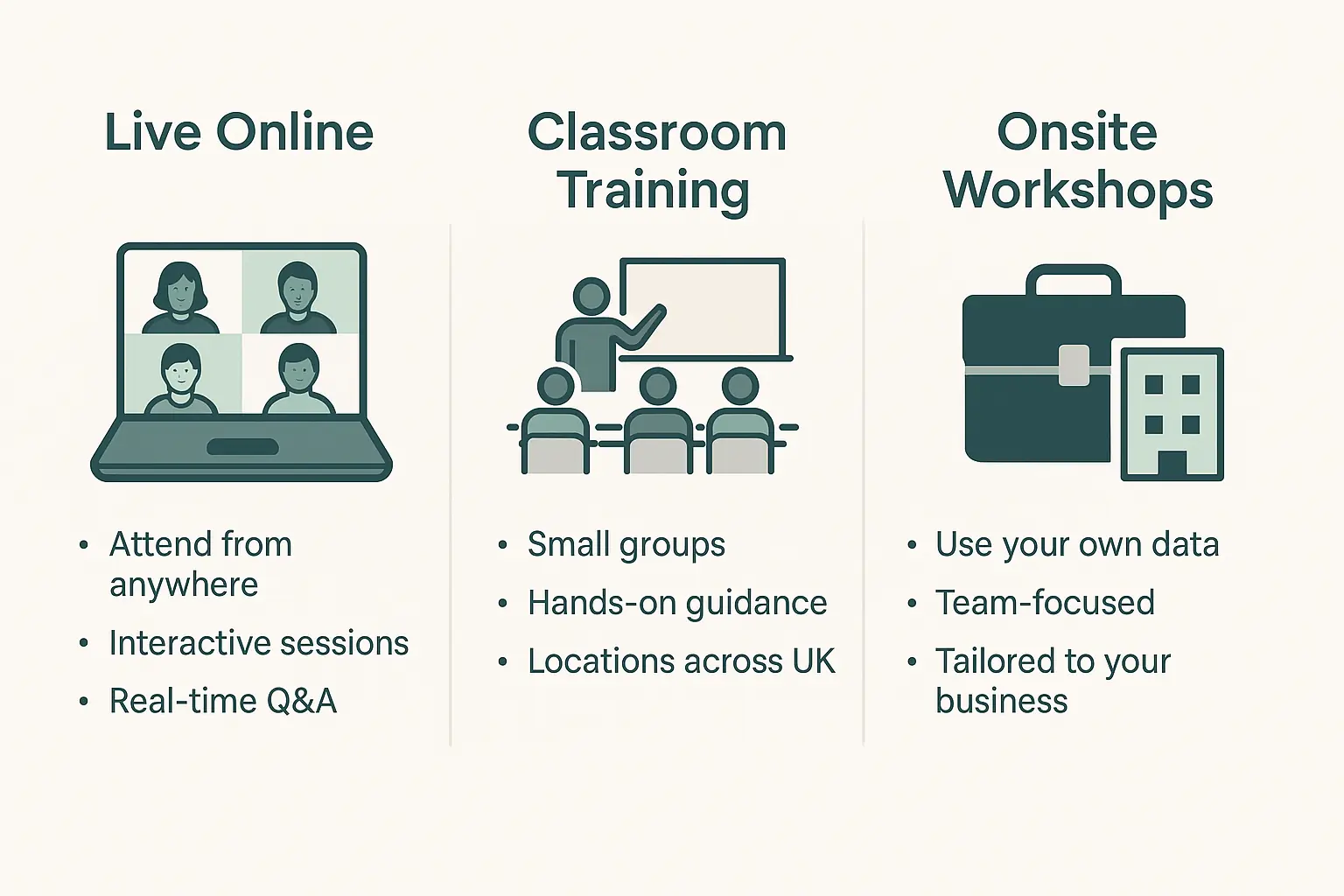
Excel Training for Data Analysts: Picking the Right Course
Data analysts today work in fast-paced, data-driven environments. Whether you’re cleaning data, building dashboards, or automating reports, Microsoft Excel remains the foundation of modern analytics. But learning Excel effectively, and in a way that applies directly to analyst workflows, can…

Power BI Measures vs Calculated Columns: What’s the Difference?
Both measures and calculated columns perform calculations, so why does Power BI have two options? They may look alike, but they work in different parts of the engine and serve different purposes. Understanding this difference early helps you design reports…
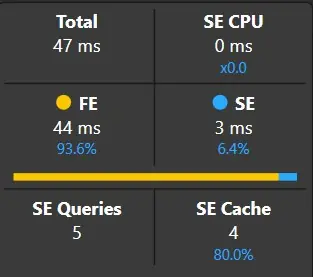
Decoding DAX Query Plans: How to Detect and Fix Query Bottlenecks
Every Power BI developer knows the feeling. Your report looks great, but once people start clicking around, it slows down. Charts take forever to load, and you’re left wondering what’s wrong. The problem isn’t just that it’s slow. It’s that…
- Facebook: https://www.facebook.com/profile.php?id=100066814899655
- X (Twitter): https://twitter.com/AcuityTraining
- LinkedIn: https://www.linkedin.com/company/acuity-training/